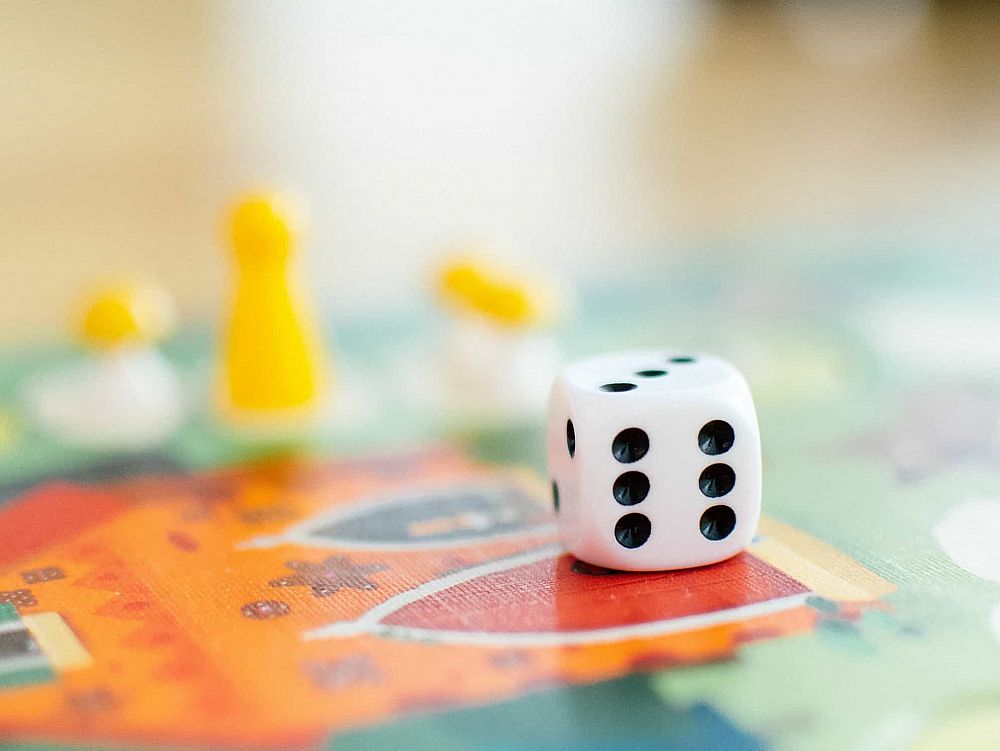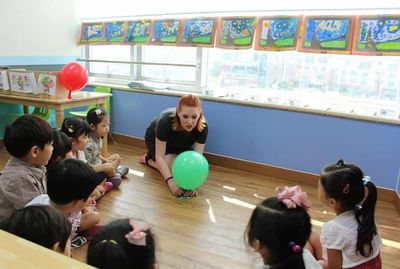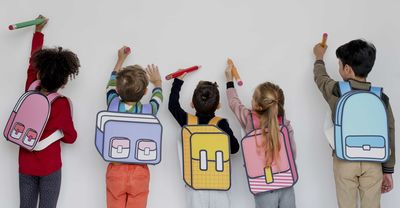How To Create Interesting Teaching Materials

Legendary musician Paul McCartney once said, or rather sang, "When you've got a job to do you've got to do it well. You've got to give the other fellow hell." I don't believe anybody wants to be the middle of the road teacher, who just gets through each day, though I have seen many teachers who are. Before I started, I asked myself what makes the best kind of teacher and who were the best teachers in my life? There are many styles of teacher, but the answer I came to is the inspiring style of teacher – the teachers who made me WANT to learn and to go out and read and study on my own. The way they did that was by using their skills to make learning interesting and irresistible.
Table of Contents
What to consider when designing your materials?
Use your basic skills to create materials
Are you ready to teach English abroad?
As a teacher you need to incorporate and use all of the skills you have, whether artistic, in special subjects of study when you can match your information with what is useful or interesting for your student - something I call – teaching English by teaching something else, or even by teaching another language in English.
This post was written by our TEFL certification graduate Maria M. A.
What to consider when designing your materials?
Today I am going to talk about using your artistic skills in creating content for your classes, and also give some examples of content which I have created. First, however, let's talk about why. Content makes your material interesting by bringing it alive. If you have studied childhood development we know there are two types of learning, audio and visual. Boys, in particular, tend toward being more visual learners and might struggle to succeed with teachers who spend class "talking at" them. We can try to increase the use of the whiteboard to help students visualize better, but it is difficult to maintain interest and focus with this alone. Young children particularly learn best by playing games and making the studies fun and immediately relevant to them personally, instead of trying to motivate them for long-term future goals that they cannot really conceptualize yet.
Also Read: The Benefits of Teacher Career Development

Use your basic skills to create materials
Now I want to showcase some of the content I have created, starting with simple to more advanced. Hopefully, I can motivate or give you some good ideas to make your own by using basic Photoshop skills. Using clipart will make your process faster but I will note that you need to make sure you are either using free public access art or sign up for a paid art account online. I often end up using my own skills to create art when I cannot find the subject or style of art that I want online, but this will be more time-consuming. Finally, your laminator is your friend. Gain access to one and learn how to use it. Round the corners on your cut cards to prevent students from slicing each other with them.
Also Read: 7 Awesome Ideas for Business English Classes

BINGO
blank bingo templates are readily available, and you can easily resize, crop, and paste the part you want from clipart or created content into the squares. Make larger size deck drawing cards that are easily visible for the whole class and allow students to take turns choosing, reading, and announcing the cards. Use colored paper on the back to conceal the answers until drawn. Here groups are useful, and some examples include; food, fruit, vegetables, mammals, insects, birds, sea animals, fish, shapes, toys, musical instruments, jobs, etc. I will also use these groups in the following projects, and the large drawing cards can also be used as basic image vocabulary cards.
ANIMAL BAG
I use a purchased opaque cloth sack and created animal group signs: mammals, reptiles, birds, insects, sea animals, people, and monsters. I use magnetic tape so the students can stick the signs and animal cards to any magnetic walls in your school, or they can also be placed and grouped on the floor. Students can grab a random card from the bag, read, and match the card to the correct animal group. You can make it into a contest or a race. Use a big font, I suggest Comic Sans for simplicity of reading for kids. I also suggest cutting curved around the image shapes instead of standard rectangular card shapes, to make grabbing the cards more tactilely interesting.
JENGA ABC BLOCKS
I used a Jenga XL set, purchased on Amazon, which consists of lightweight foldable cardboard pieces instead of the standard wooden ones, but you could create your own blocks out of cardboard as well. For each block I made the colorful letter (numbers for opposite ends) end pieces and four rectangular strip signs with matching phonics words and pictures, which I laminated and taped onto the bricks, i.e. A, 1, Airplane, Alligator, Ant, Apple. Because there are around 30 bricks I used the extra bricks as rainbow/colors pieces, a few animals, and vehicles. As the regular Jenga game, students take turns taking blocks but also read the words, letters, and numbers.

JENGA GRAMMAR
For older students, I also used a regular wooden Jenga game, but this time with grammar words glued on the blocks, i.e. subject/predicate nouns– blue paper, verbs – green, adverbs – light green, adjectives – light blue, prepositions – pink, articles – white, etc. I put four different words in the same group, one on each side, on each block. In this game students or teams in larger classes take turns selecting the best blocks to create long, grammatically correct sentences, earning one point for each correct word.
Also Read: How much can I earn teaching English abroad?
MONSTER BATTLE CARDS
These cards are Pokemon-style (except larger) reading primer cards. I included famous monsters from around the world with large images/names on the front. The back consists of a monster stat reading list including likes, dislikes, abilities (adjectives), monster friends (bonus points if you have the friends), wants. Students read their card. For older kids I ask a follow-up question about the monster information, correct answer gains bonus points. Each card has elements: fire, sun, water, lightning, dark, dirt. I made a cardboard element, arithmetic, and number dice for each student to roll. The highest sum wins the monsters from that round.
Also Read: Are there any age limits for TEFL teaching
Are you ready to teach English abroad?
Apply now & get certified to teach english abroad!
Speak with an ITTT advisor today to put together your personal plan for teaching English abroad.
Send us an email or call us toll-free at 1-800-490-0531 to speak with an ITTT advisor today.
Related Articles:
- 10+ Activities For Teaching English Winter Camp
- Top 10 Things To Know When Moving Abroad To Teach English
- 7 Activities for Teaching Reported Speech in the ESL Classroom
- What TEFL course is most useful?
- Great Ideas for Teaching Listening Skills in the ESL Classroom
- The Best Countries to Teach ESL When You're 50+



